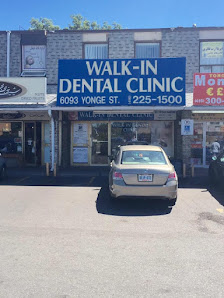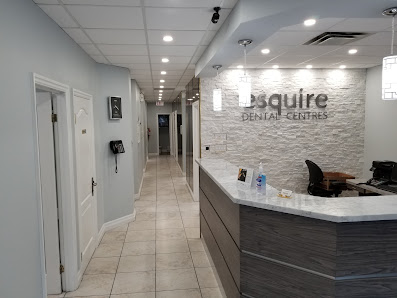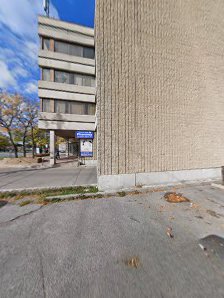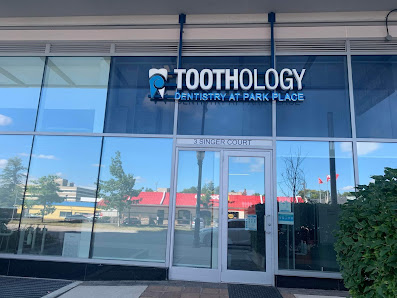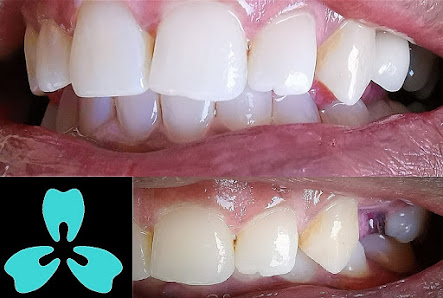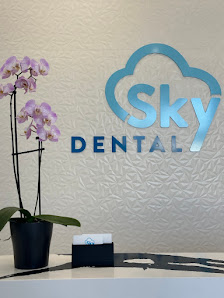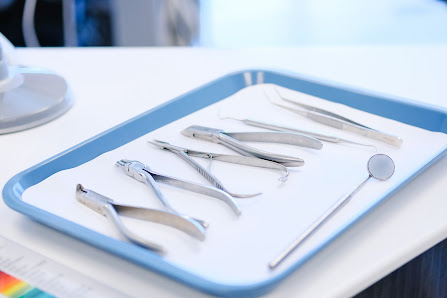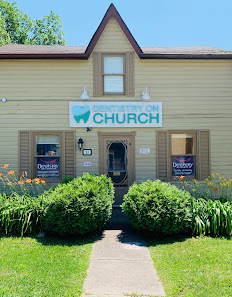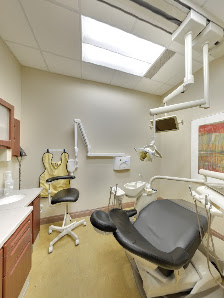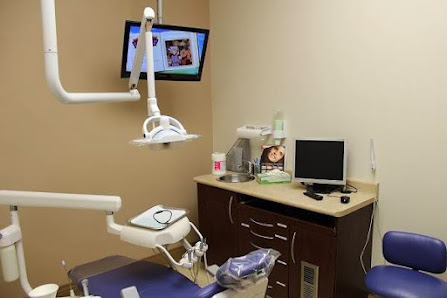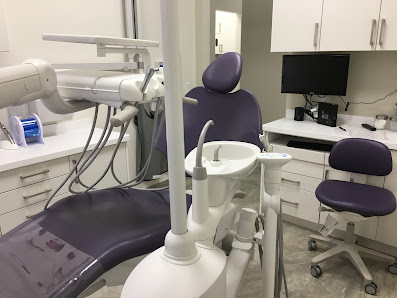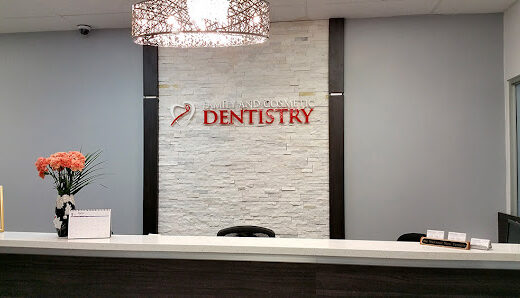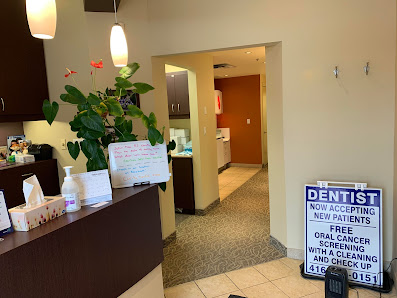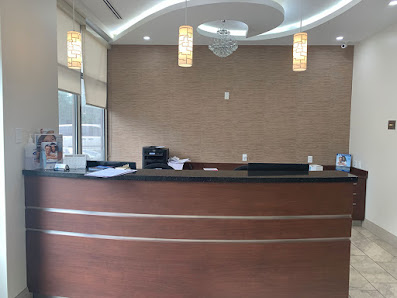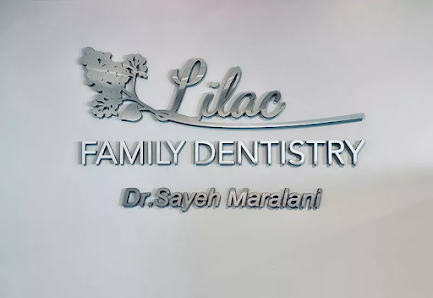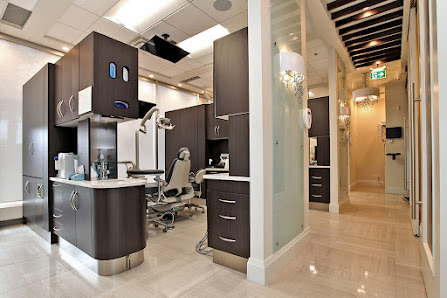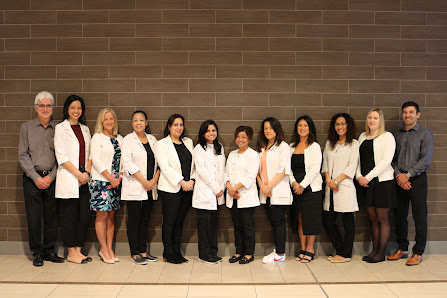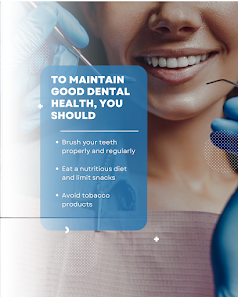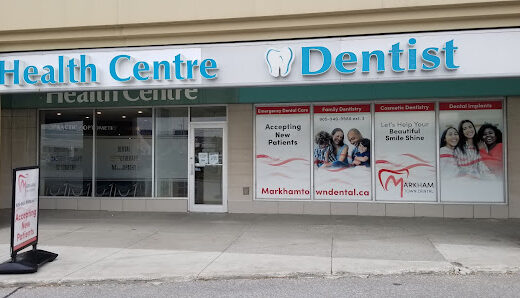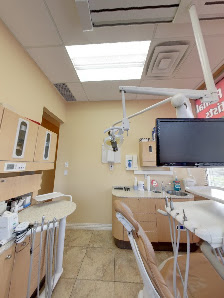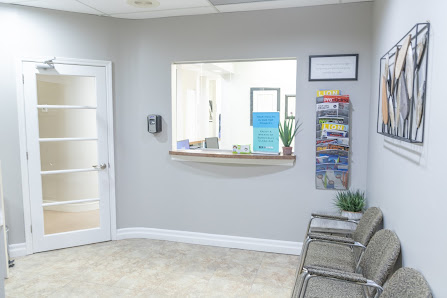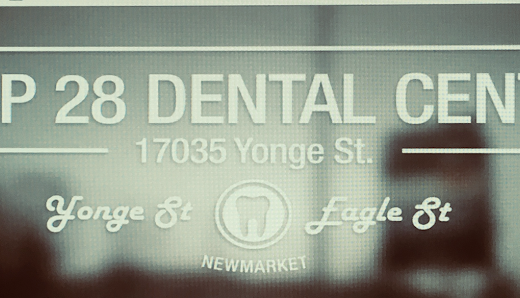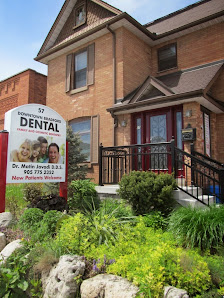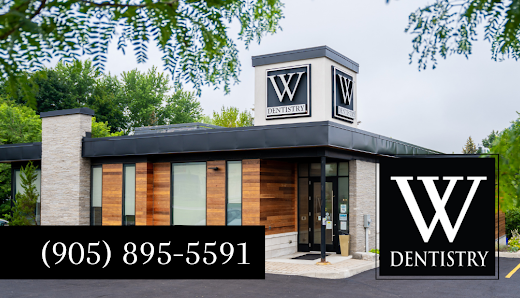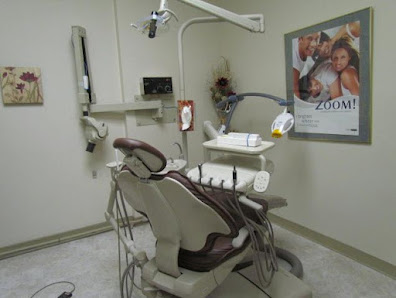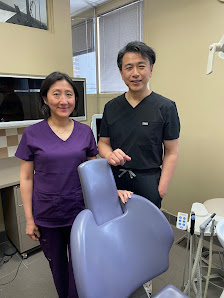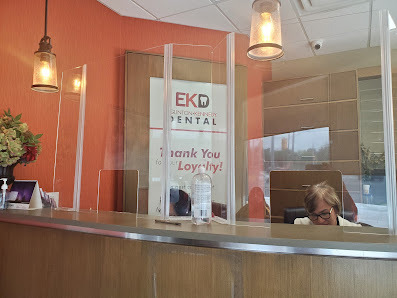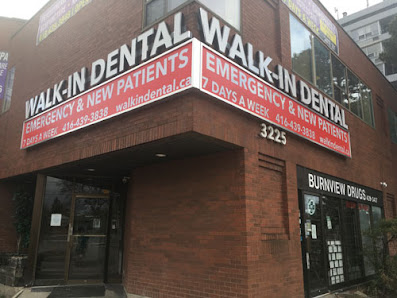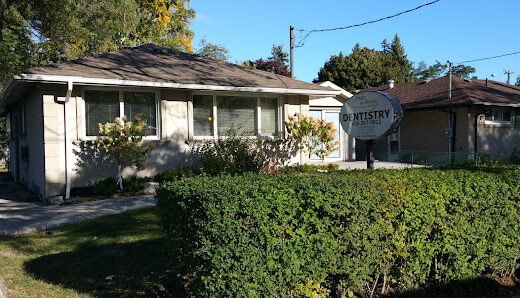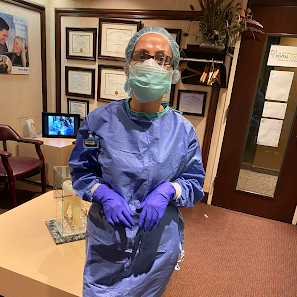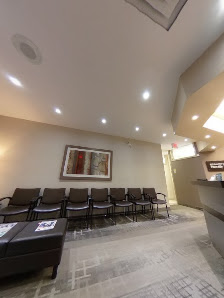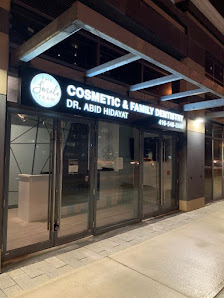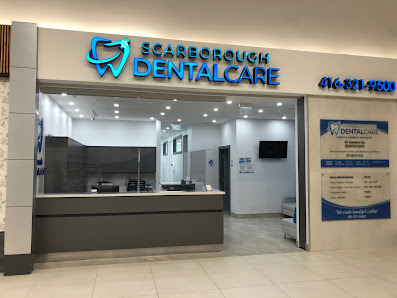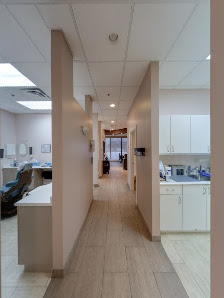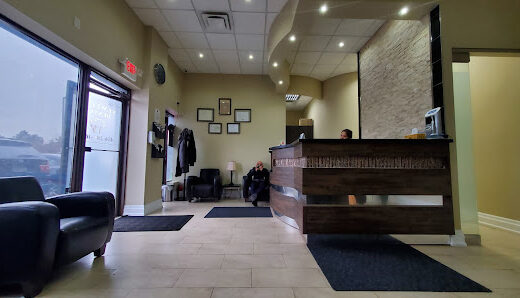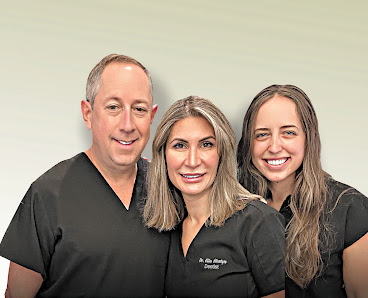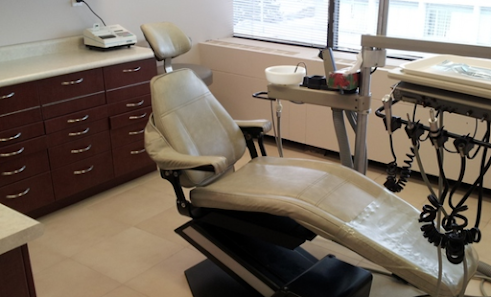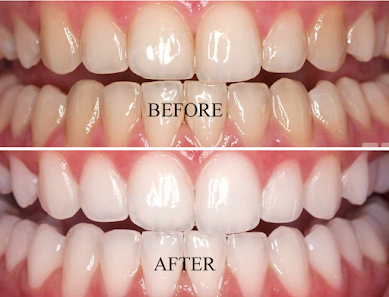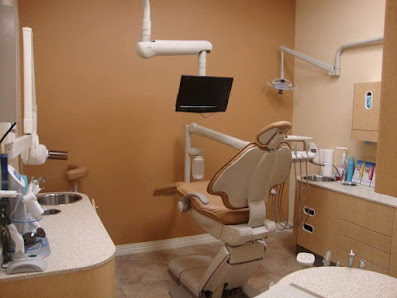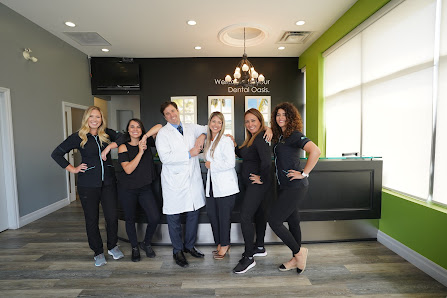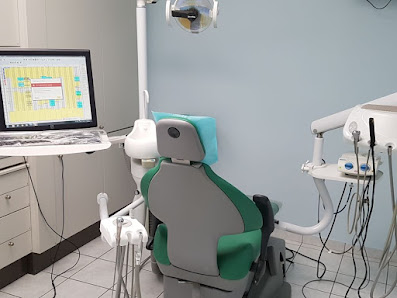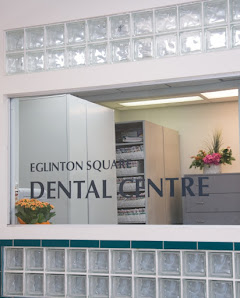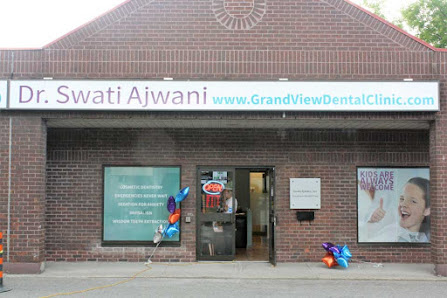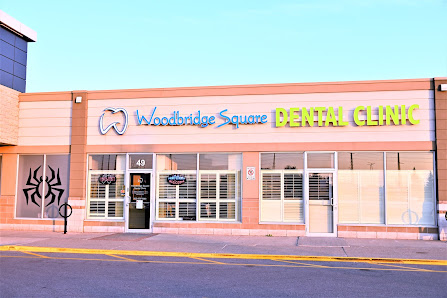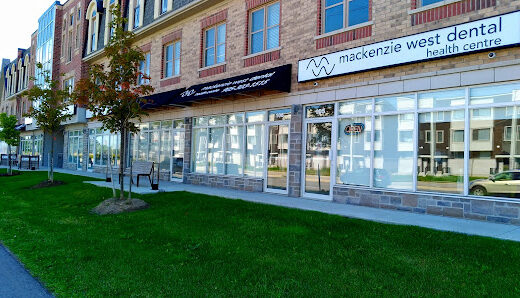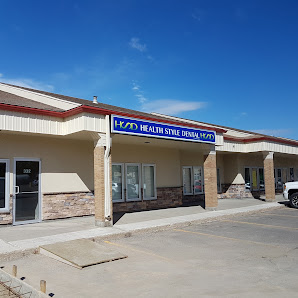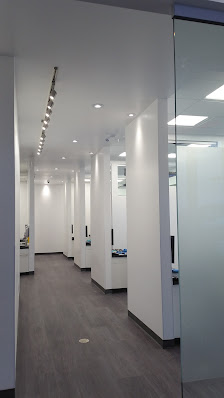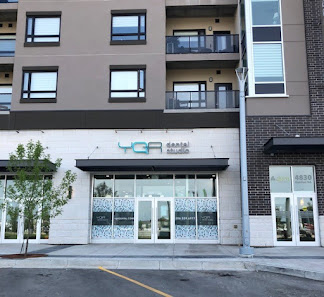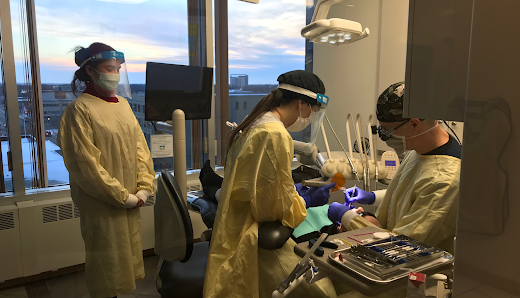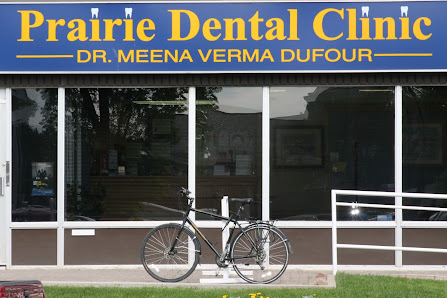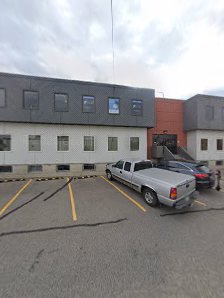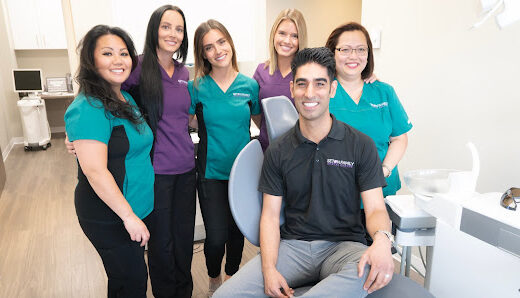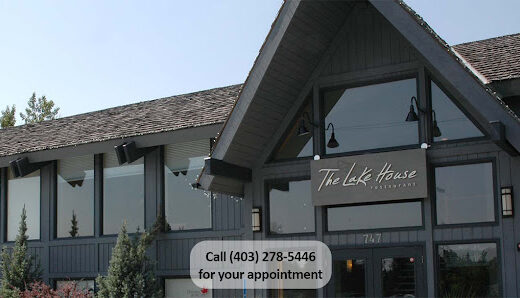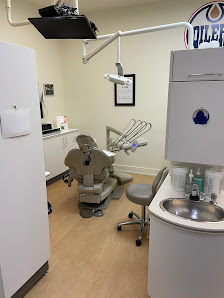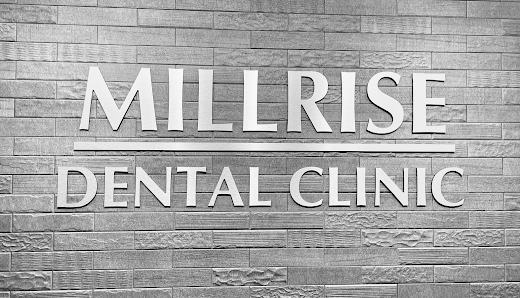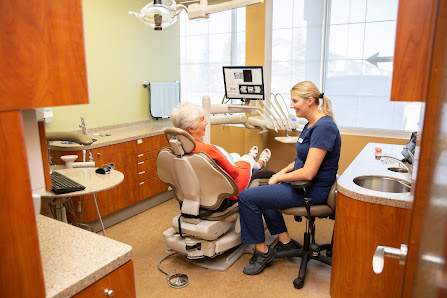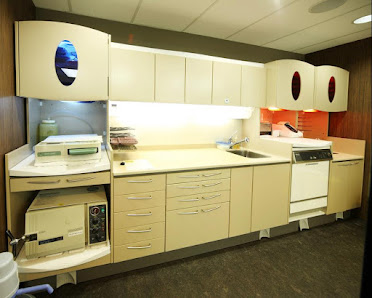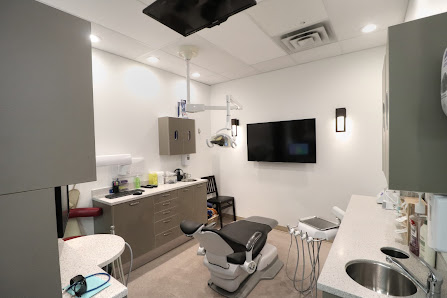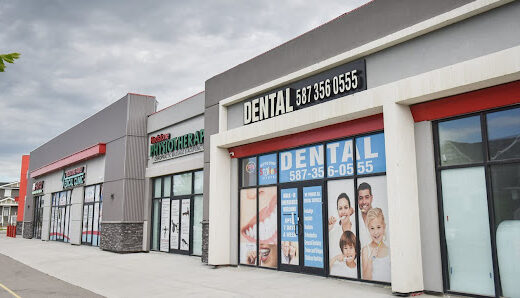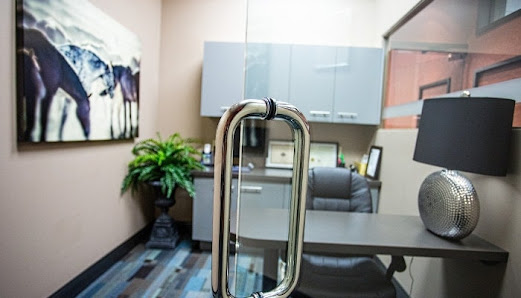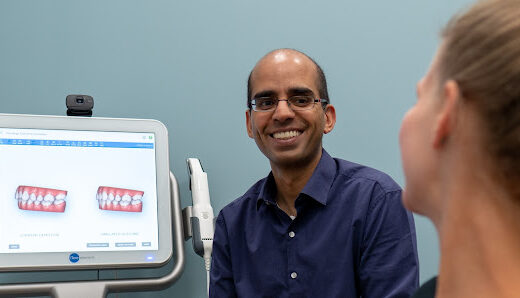Are you considering gum surgery to restore oral health and improve your smile? Gum surgery, including graft gum and gum surgery grafts, is a highly effective solution for treating various gum issues. Whether you’re dealing with gum recession, damage, or periodontal disease, these surgeries can help you regain a healthy, confident smile.
Our website is dedicated to helping you find the right clinic for your gum surgery needs. Many of the clinics featured on DentalNearYou.com utilize the services of the CDCP (Canadian Dental Care Plan) plan, ensuring you receive high-quality care and results.
But what exactly does gum surgery involve? How does graft gum surgery differ from other types of gum surgery? And most importantly, which option is right for you? Keep reading to explore your options and find the best fit for your dental needs.
Understanding Gum Surgery
Gum surgery is a broad term encompassing various procedures to treat gum-related issues. Whether dealing with periodontal disease or gum recession, gum surgery offers solutions that restore function and appearance. The most common types include flap, bone grafting, and graft gum surgery. Each procedure targets specific issues, so understanding them is critical to choosing the right one for your needs.
What is Graft Gum Surgery?
Graft gum surgery is a specialized procedure designed to treat gum recession. This surgery involves taking tissue from another part of your mouth (often the roof) and grafting it onto the affected gum area. The goal is to cover exposed roots, reduce sensitivity, and prevent further gum recession. Graft gum surgery is particularly beneficial for those with severe gum recession that cannot be treated with less invasive methods.
Benefits of Gum Surgery Graft
A gum surgery graft offers several benefits, both functional and aesthetic. For starters, covering exposed roots can significantly reduce tooth sensitivity. This procedure also helps prevent further gum recession, which can lead to tooth loss if left untreated. Additionally, a successful gum surgery graft can improve the overall appearance of your smile, making it look healthier and more natural. The healing time for gum surgery varies, but you can expect a smooth recovery with proper care.
Recovery Tips After Gum Surgery
- After undergoing gum surgery, proper aftercare is crucial for a successful recovery. Here are some tips to ensure your healing process goes smoothly:
- Follow your dentist’s instructions closely, including taking prescribed medications.
- Stick to a soft diet for the first few days to avoid irritating the surgical site.
- Avoid smoking and alcohol, as they can delay the healing process.
- Attend all follow-up appointments to monitor your progress.
Remember, the healing time for gum surgery can vary depending on the procedure and your overall health. However, with the proper care, you’ll be on your way to a healthier smile.
Conclusion
Gum surgery is crucial in restoring your gums’ health and appearance. Whether you’re considering graft gum surgery or another type of gum surgery, it’s essential to understand your options. Each procedure offers unique benefits, and choosing the right one can improve your dental health.
Reflecting on the content above, it’s clear that gum surgery isn’t just about aesthetics—it’s about preserving your oral health for years. Whether you’re dealing with gum recession or another gum-related issue, these surgical options can provide lasting results. Remember, the success of your gum surgery largely depends on choosing the correct procedure and following your dentist’s recovery instructions carefully.
If you’re still unsure which gum surgery is right for you, don’t hesitate to contact a qualified dental professional. With the proper guidance, you can make an informed decision that benefits your smile and overall well-being.
Frequently Asked Questions About Gum Surgery
1. Is gum surgery painful?
Gum surgery is usually performed under local anesthesia, so you shouldn’t feel pain. Post-surgery discomfort can be managed with pain relievers.
2. How long does it take to recover from gum surgery?
Recovery time varies depending on the type of gum surgery but typically ranges from a few days to a few weeks. Following your dentist’s aftercare instructions is the key to a smooth recovery.
3. Can I eat normally after gum surgery?
You must stick to a soft diet for the first few days after gum surgery to avoid irritating the surgical site. Gradually, you can return to your regular diet as you heal.
4. What are the risks associated with graft gum surgery?
While graft gum surgery is generally safe, potential risks include infection, graft failure, and prolonged bleeding. Discuss these risks with your dentist before the procedure.
5. Will insurance cover the cost of gum surgery?
Coverage for gum surgery varies depending on your insurance plan. It’s best to check with your provider to understand what’s covered and any out-of-pocket expenses you may incur.
© All Rights Reserved. DNU



